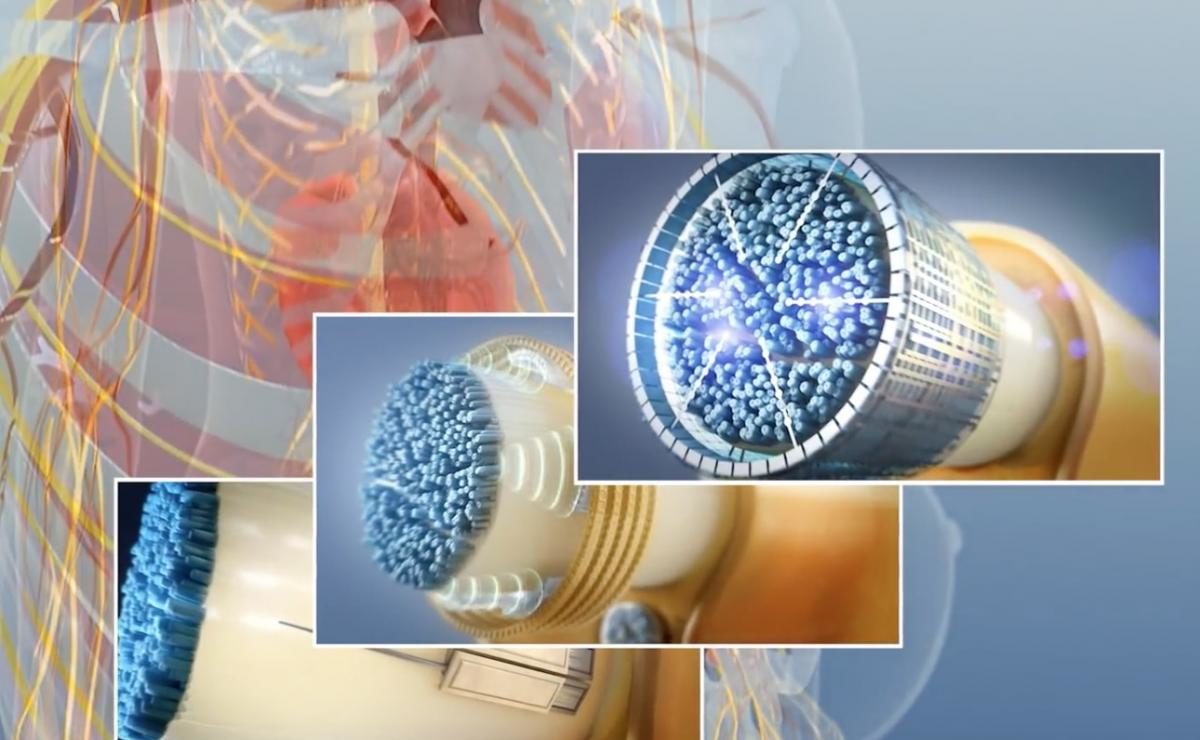
A number of pharmaceutical companies will eventually transform into bioelectronics companies. Their treatments will consist of tiny implantable devices that "speak" the body's electric language.
Think of it as a type of technology similar to a heart pacemaker. But much, much more advanced.
The Brave New World of Electroceuticals
Welcome to the brave new world of neuromodulation and electroceuticals. It's a world where neural signal modulation will be the treatment path followed by tomorrow's doctors, not drugs.
Most electroceuticals will be about the size of a grain of rice. The devices will be attached to peripheral nerves and will modulate neural signals.
This will be a quantum leap from current disease treatment methods using drugs, which are actually very blunt instruments. And we all know about the numerous side-effects drugs can cause...
Whereas regulating the electrical firings of neural circuits can be far more precise and without the nasty side-effects. So says Kristoffer Famm, Vice President of Bioelectronics at GlaxoSmithKline Plc (GSK). As he told the Financial Times, "The nervous system is a fundamental control system in biology."
And the nervous system is where scientists are exploring new frontiers. Prime early opportunities bioelectronics research is focusing on metabolic, cardiovascular, and inflammatory disorders.
Bioelectronics Research
One prime area of research for bioelectronics is the brain and epilepsy. Epilepsy is directly caused by an electrical malfunction of the brain. This common neurological disease affects more than 50 million people worldwide. And conventional drugs aren't really that effective in combating it.
However, most current bioelectronics research is focused on the electrical language of peripheral nerves outside the brain and spinal cord. It's these nerves that influence the function of every organ in the body.
DARPA (the Defense Advanced Research Projects Agency) is involved in the field through its $79 million Electrical Prescriptions (ElectRx) initiative.



Comment: The perfect marriage, Big Pharma and DARPA: